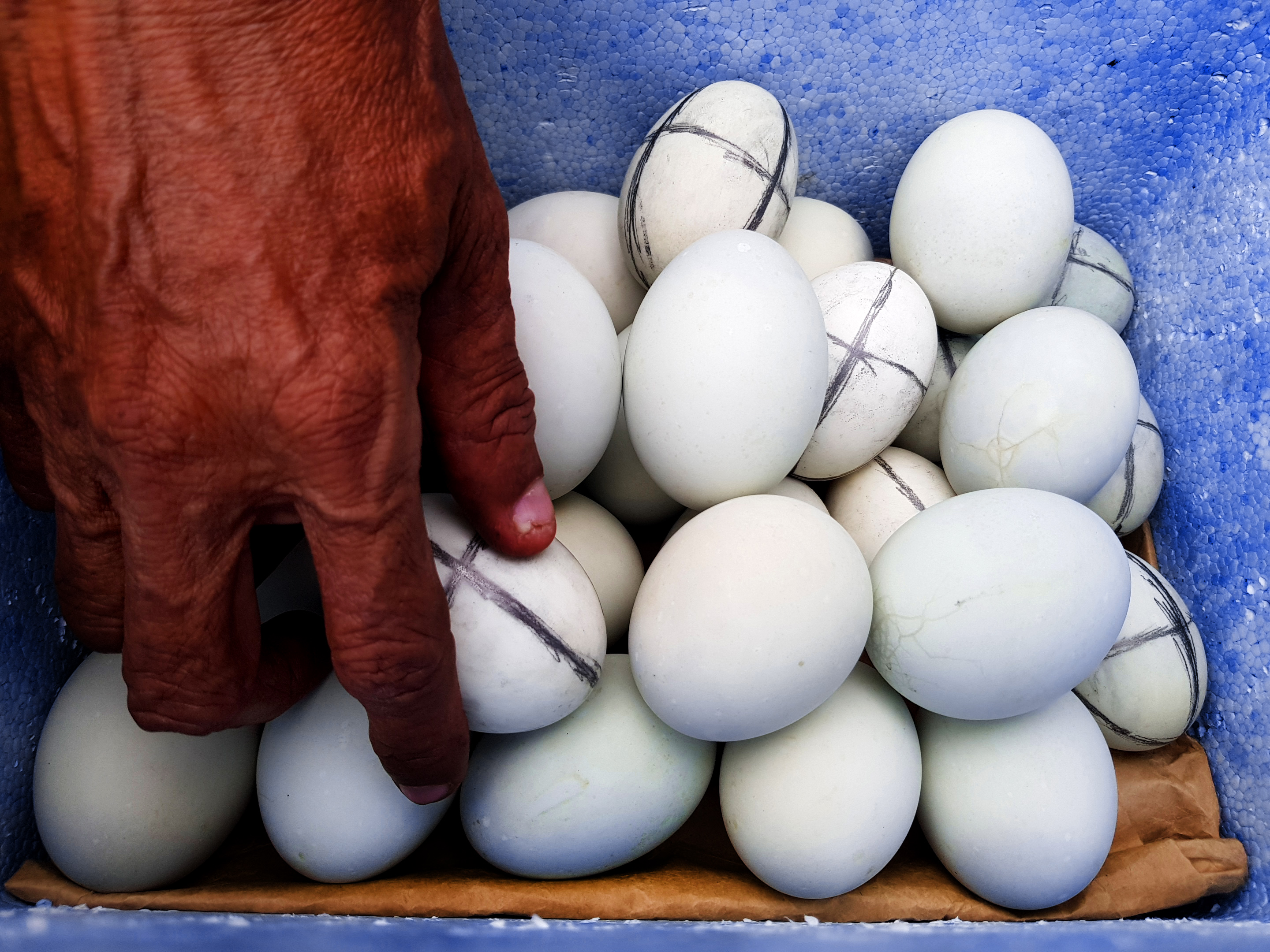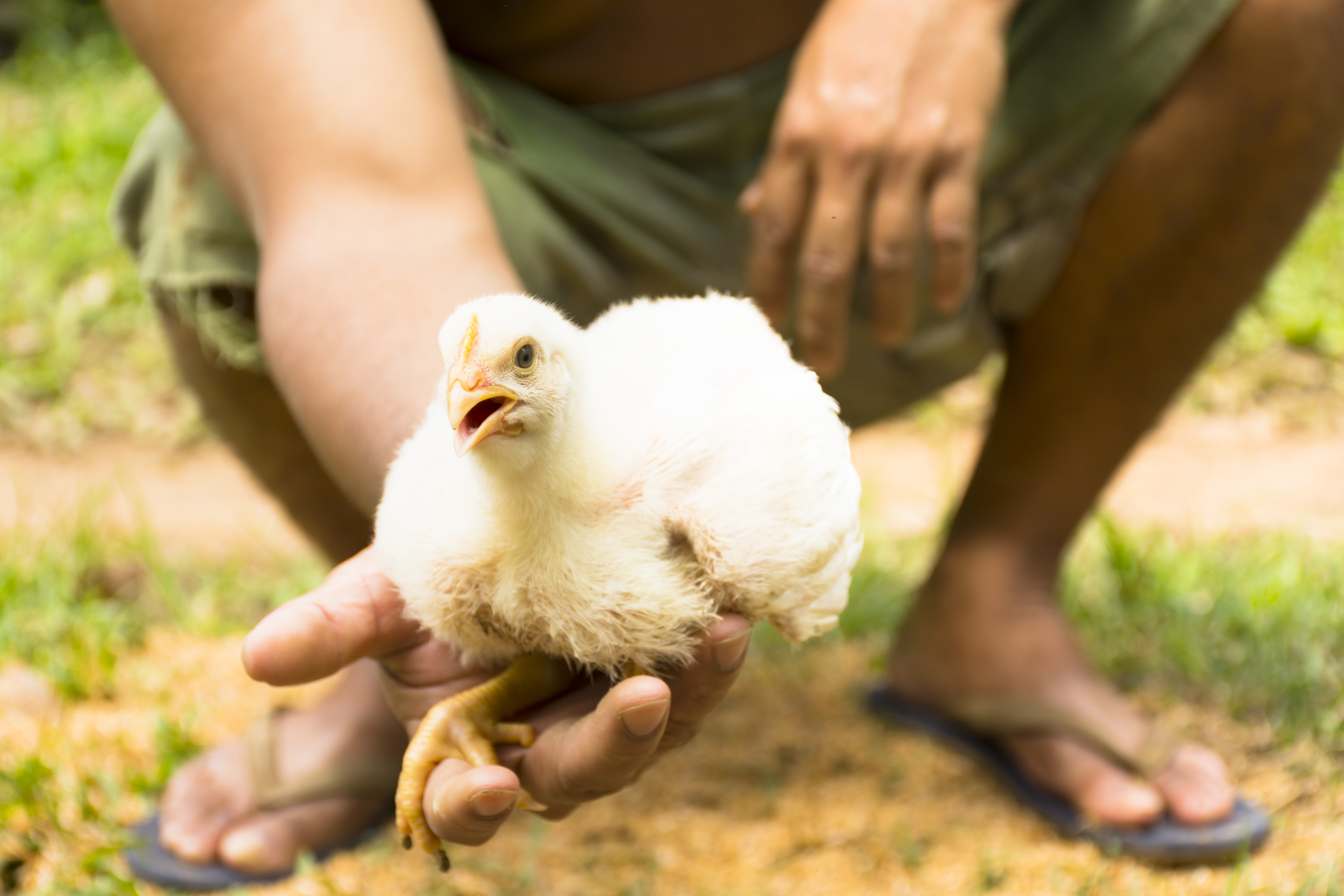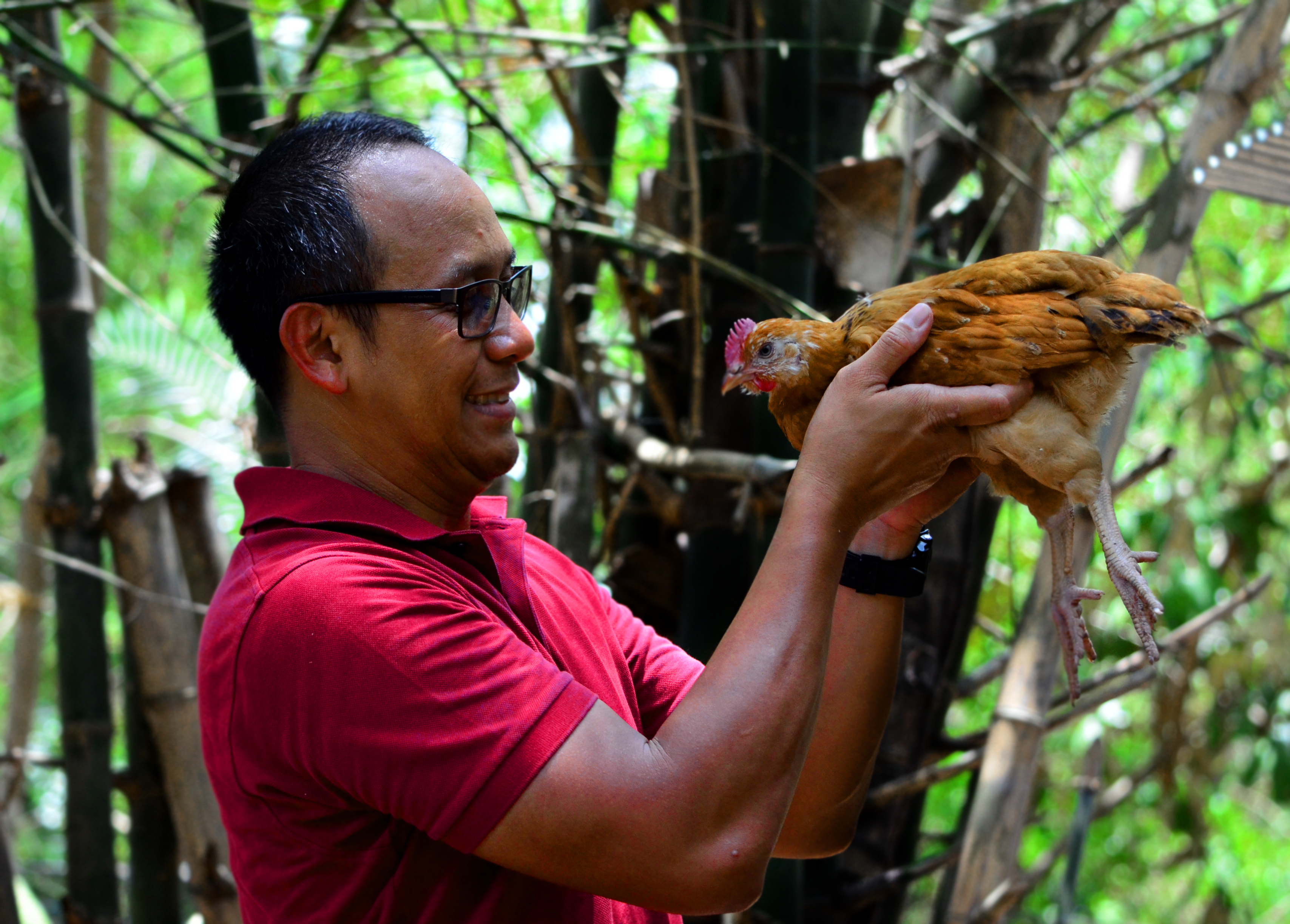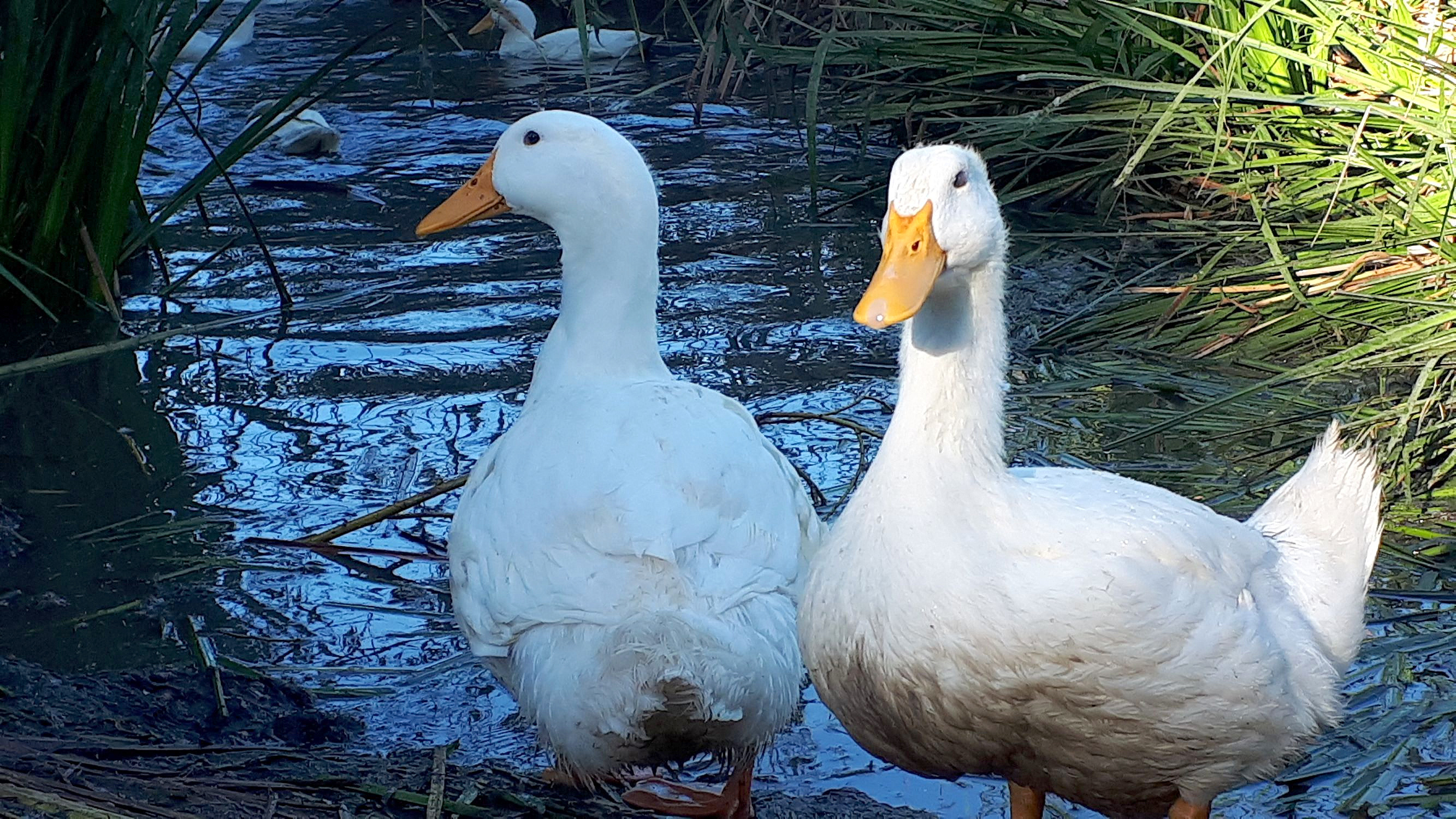



Farming heritage chicken breeds of the Philippines
The calls of wild jungle fowl have reverberated throughout the jungles of Asia for thousands of years. Generations of people have hunted and caught the wary birds in traps, delighting in the succulence of fresh poultry.The birds were finally domesticated around 4000 years ago, when four species of jungle fowl were selectively-bred over time. Of these, the Red Jungle Fowl (Gallus gallus) became the forerunner of the Domestic Chicken (Gallus domesticus), which has now split into some 350 recognized breeds.
The Philippines, a Southeast Asian archipelago of 7641 islands, is one of the countries where Labuyo or wild Red Jungle Fowl still thrive. Centuries of crossing these spirited wild birds with imported breeds has created several major breeds, with many more in the process of being genetically purified and internationally recognized. Though over half of the country’s chickens hail from imported lineages selected for their superior growth and egg-laying capabilities, the Philippine Statistics Authority estimated in April 2019 that native chickens still account for 44% or 82.84 million of the 184.88 million chickens in the country.
Indeed no Filipino farm or backyard is complete without a makeshift chicken coop, a lively chicken troop searching for the perfect worm, or fighting cocks awaiting their next sparring session. The Poultry Site presents five of the most popular native chicken breeds in the Philippines.
.JPG)
© Gregg Yan
Banaba
In a country absolutely crazy over fighting cocks, this breed is renowned as the original Filipino fighting bird. A 1930 article by Leon Gardner on cockfighting in the Philippines describes this plucky pugilist. “The best-known and most desired gamecock in these Islands is the Banaba, a black-breasted red cock with a black beak, legs and toes. It originates from Southern Luzon. Good fighters, those that have won a number of contests sell for remarkably high prices.”
The breed is thought to originate from Batangas, a prosperous province south of the capital of Manila. As stated above, individuals sport red to yellow plumage (though all-black birds also exist), a large head with a single comb and matching red earlobes, red or orange hackles, an upright black tail, plus black wings typically held close to the body. These birds are high-spirited and capable of impressive flight. Roosters register an average wingspan of 42 centimeters with hens being slightly smaller at 37 centimeters. The average mature weight is about 1.49 kilogrammes for roosters and 1.06 to 1.20 kilogrammes for hens. Hens are protective and efficient mothers. According to FAO (2012), Banaba chickens are resistant to fowl pox and other respiratory diseases. As a good fighter, layer and broiler, this breed definitely has a lot going for it.
Bolinao
Hailing from Pangasinan, a coastal region north of Manila, this breed shows fine potential either as broiler or layer stock. Plumage color varies widely, but reds and browns are the norm, with the occasional jet-black bird cropping up. The somewhat drab plumage is paired with a red comb, earlobes and hackles. Excellent free-range fowl, they require minimal inputs. In December 2019, the government established the first-ever Bolinao chicken demonstration farm to generate alternative livelihood opportunities for inmates in the city of Batac in Ilocos Norte. More farms are underway to further refine the breed’s desirable traits and maximize its value for backyard food security.
.jpg)
© Gregg Yan
Darag
This chicken breed originates from Panay Island in the Western Visayas, near the world-famous beaches of Boracay. It is rapidly rising in popularity for very good reason. The typical plumage for roosters, locally called Labuyo or Alimbuyog, is a deep red hackle and wings, plus ebony feathers and a matching black tail, though other color morphs are seen. Hens have sandy or yellowish-brown plumage. Cocks weigh an average of 1.3 kilogrammes while hens reach about 1.1 kilogrammes. Known for their economical feeding habits, Darag chickens are ready for harvest after around 10 weeks. Traditionally used for the region’s famed Inasal or barbecued chicken or the more ubiquitous Filipino Tinola or chicken soup, the breed offers distinctively-lean, smoky and flavourful meat.
.JPG)
© Gregg Yan
Joloano
Another breed used mostly for cockfighting, the Joloano is a heavyset bird thought to have originated in Mindanao, the southernmost island group in the Philippines. Also called the Basilan, it has an impressive and sturdy bearing, with a unique ramrod posture which gives it an immediate height advantage over most of its game-fowl opponents. Adult cocks weight about 2.20 kilogrammes while mature hens reach about 1.50 kilogrammes. Roosters sport deep orange plumage with a predominantly black tail, occasionally speckled white. A plain head features a pea comb for both cocks and hens. Hens are predominantly a dull buff brown with pale yellow legs. Joloano chickens reach a kilogramme after about three months. The Philippine government is currently attempting to purify and refine the bloodline of this breed. Similar to the abovementioned programme for the Bolinao, the Joloano is being used for a government-spearheaded food security project for inmates, this time in Zamboanga City.
.JPG)
© Gregg Yan
Paraoakan
This is the largest heritage chicken breed in the Philippines, with mature cocks averaging 2.5 kilogrammes and hens at 1.9 kilogrammes. Originally hailing from Malaysia, the breed was brought to the Philippine island of Palawan in the 14th century by Arab explorers. Generally black in color and sporting particularly long legs, Sabungeros or cock-fighters make use of the Paraoakan’s size for cockfights, being the breed of choice for the Western Philippines. Sporting a bigger body, longer neck and a larger head than other native breeds, many individuals feature pale yellow legs, plus a black tail with contrasting white feathers at the base. The largest individuals top out at over five kilogrammes and show immensely-strong musculature. While offering good, tough meat, the breed is still traditionally thought-of as a fighter instead of food.
.JPG)
© Gregg Yan
Compared to imported layers and broilers which are usually intensively farmed, most of the 80 million native Philippine chickens live in small groups as free-range animals, pecking out a decent living in the backyards of rural homes across the archipelago. Fed sparingly, these chickens are a source of extra income and meat for families who might not be able to afford commercially-processed chicken or travel to the city to find a KFC.
The country has many other breeds, including the Bisaya, Boholano, Camarines and Zampen. These and other native strains come with several distinctive advantages for poultry operators. The first is that native chickens are excellent foragers and require minimal feed inputs when set loose over good ground.
.JPG)
© Gregg Yan
“Each phenotypic or genetic group has evolved unique characteristics and traits best-suited to a particular locale,” explains Dr. Jaime Cabarles Jr., Dean of the College of Agriculture, Resources and Environmental Sciences at the Central Philippine University in Iloilo City. This usually makes native fowl far more resistant to diseases, pests, predators and unpredictable weather than imported breeds, resulting in lower mortalities.
Perhaps the main challenge of native chickens is that their output is usually lower compared to selectively-bred or genetically-modified breeds. Whereas most commercial broilers need only eight weeks before being harvested, native chickens need almost 16 weeks to put on a similar amount of weight. Many imported breeds like the Plymouth Rock can churn out over 250 eggs yearly, whereas native chickens only produce around 100.
As a general rule, Philippine native chickens weigh about one to two kilogrammes after three months and start laying eggs after five to six months.
.jpg)
© Gregg Yan
Still, the rising popularity of healthy, organic and free-range chicken meat and eggs in the Philippines means that native chickens are here to stay. Marketed as premium products, they fetch comparatively higher rates than commercial broilers, with some fowl going for up to USD6 per head. The Philippine government under the Department of Agriculture (DA) is currently promoting native and free-range poultry farming through demonstrations, workshops and small grants for farmers. Many Filipinos also passionately breed fighting cocks, each of which can retail for USD75 to several thousand dollars, depending on pedigree and fighting skill.
With such a rich history, it is important to conserve the Banaba, Paraoakan and other heritage chickens – especially from genetic dilution through deliberate or accidental crossing with imported breeds. “We must conserve all these genetic groups by refining bloodlines and producing birds which suit the preferences of the growing niche market for native chicken,” adds Dr. Cabarles.
To properly do this, there should be a strong economic driver. Raisers should standardize the traits of each breed. Once each bloodline is definitively established, poultry operators can finally produce premium native chickens and eggs with uniform size, color, quality and regularity.
“The best way to conserve the genetic information of animals is to keep them in market circulation. To prevent extinction, the animals should be refined enough to be marketable,” adds Dr. Cabarles, who has created a page promoting Philippine Native Chickens and heritage breeds.
Endowed with the toughness and fighting spirit of the original wild Red Jungle Fowl, the heritage chicken breeds of the Philippines continuously flaunt the best that native blood has to offer.













